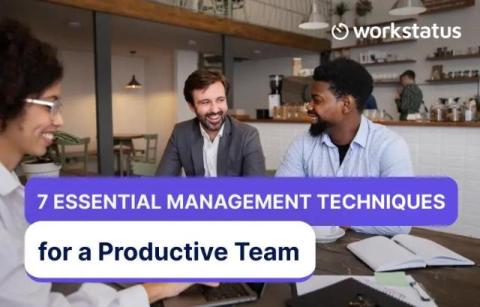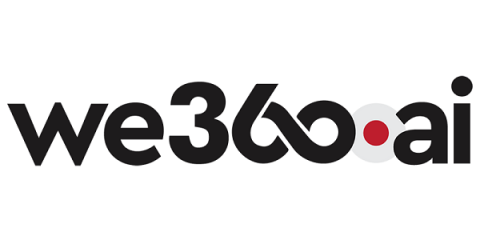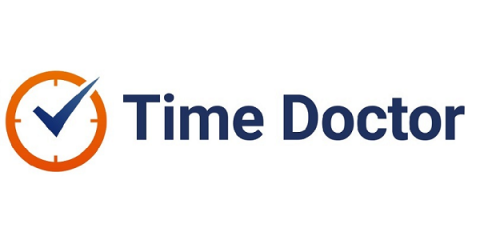7 Essential Management Techniques to Keep Your Teams Productive
It’s a bright Monday morning, and the huddle of the week is about to begin. Mellow anticipation stands in the air: the deadlines are around the corner, and the stress is looming, while motivation seems so far away over the Seven Seas. As a manager, you are familiar with the frustration of accomplishing the required work within the said timeline. But what if you decided to confound this trend?







